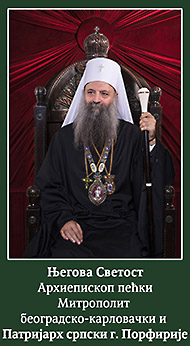The Descent into Hades is a true Icon of the Resurrection
 One authoritative contemporary theologian, Metropolitan Hierotheos (Vlachos) of Nafpaktos states that:
One authoritative contemporary theologian, Metropolitan Hierotheos (Vlachos) of Nafpaktos states that:
“The Church decided to regard the Descent into Hades as a true Icon of the Resurrection.... The quintessential Icon of the Resurrection of Christ is considered to be His Descent into Hades... To be sure, there are also Icons of the Resurrection which depict Christ’s appearance to the Myrrh-bearing women and the Disciples, but the Icon of the Resurrection par excellence is the shattering of death, which took place at the Descent of Christ into Hades, when His soul, together with His Divinity, went down into Hades and freed the souls of the Righteous ones of the Old Testament, who were awaiting Him as their Redeemer.”
By contrast, the Latin-style iconographic depiction of the Resurrection differs significantly. This type was created in the eleventh century in the West and became familiar through Giotto (Giotto di Bondone, 1266-1337), although its different forms, especially in the sixteenth and seventeenth centuries, vary quite widely:
“The Lord is represented holding a banner of victory as He is raised in the air as if by a vigorous jump from a sarcophagus tomb, whose slate covering is raised by an angel, obviously to permit Him to exit, while the guards are shown fallen upon the ground’; ‘[T]he Western type showing Christ jumping out of the grave was imposed upon Orthodox iconography during the Turkish domination (especially from the 17th century) through the influence of the West. It became practically the prevalent Icon of the Resurrection, when in essence it is a type not only untraditional but unorthodox.”
Orthodox theology regards the Latin/Western type, vis-à-vis the representation of the Resurrection, “as unhistorical, simply impressionistic, and essentially unorthodox,” and characterizes its adoption as “a compromise to the detriment of the Orthodox Tradition of worship and doctrine,” which “[is] in no way permissible,” since it leads “to artistic syncretism.”






